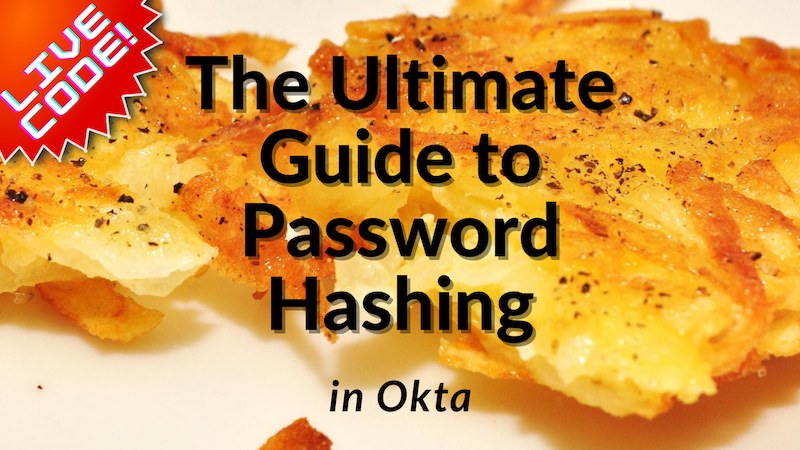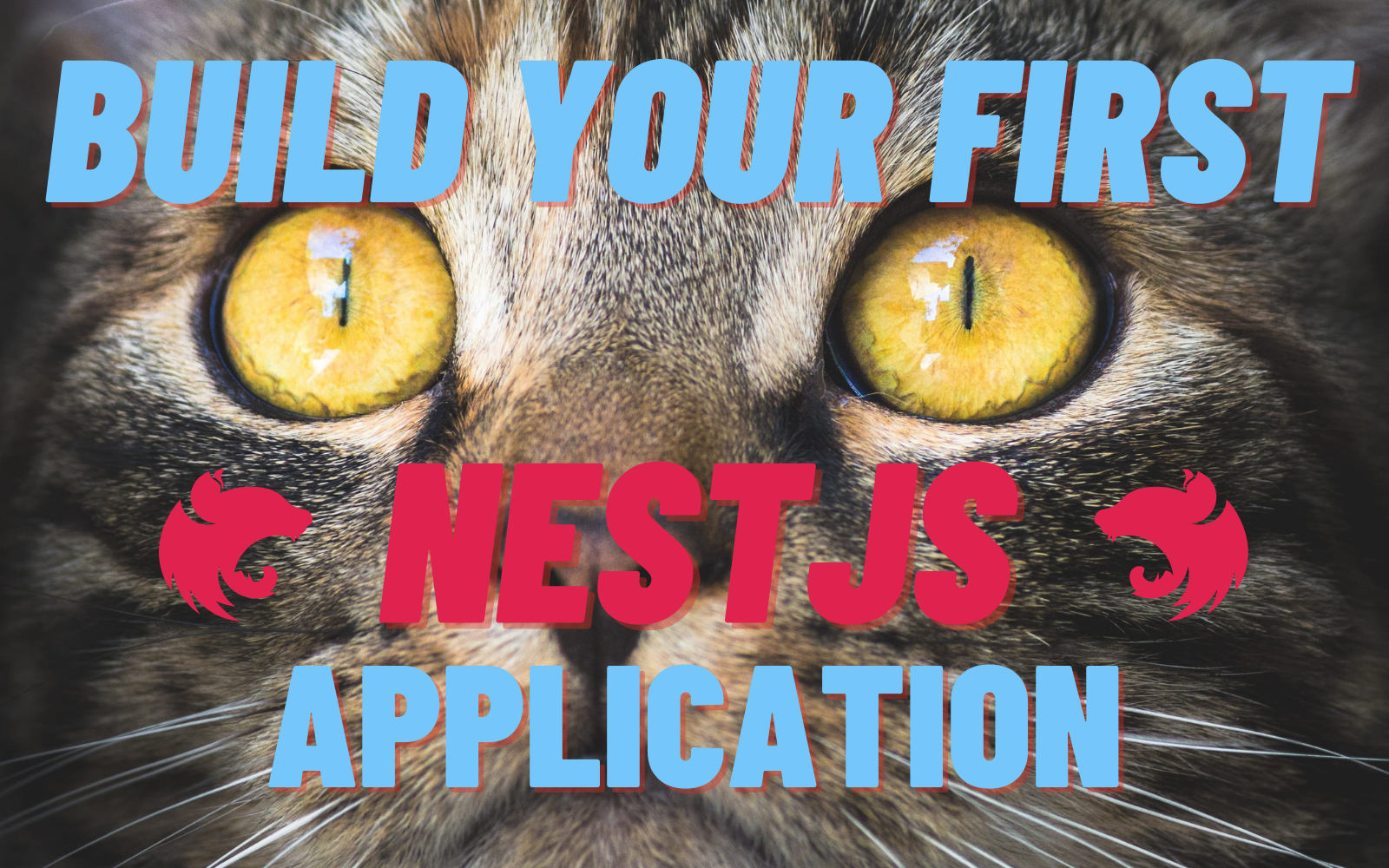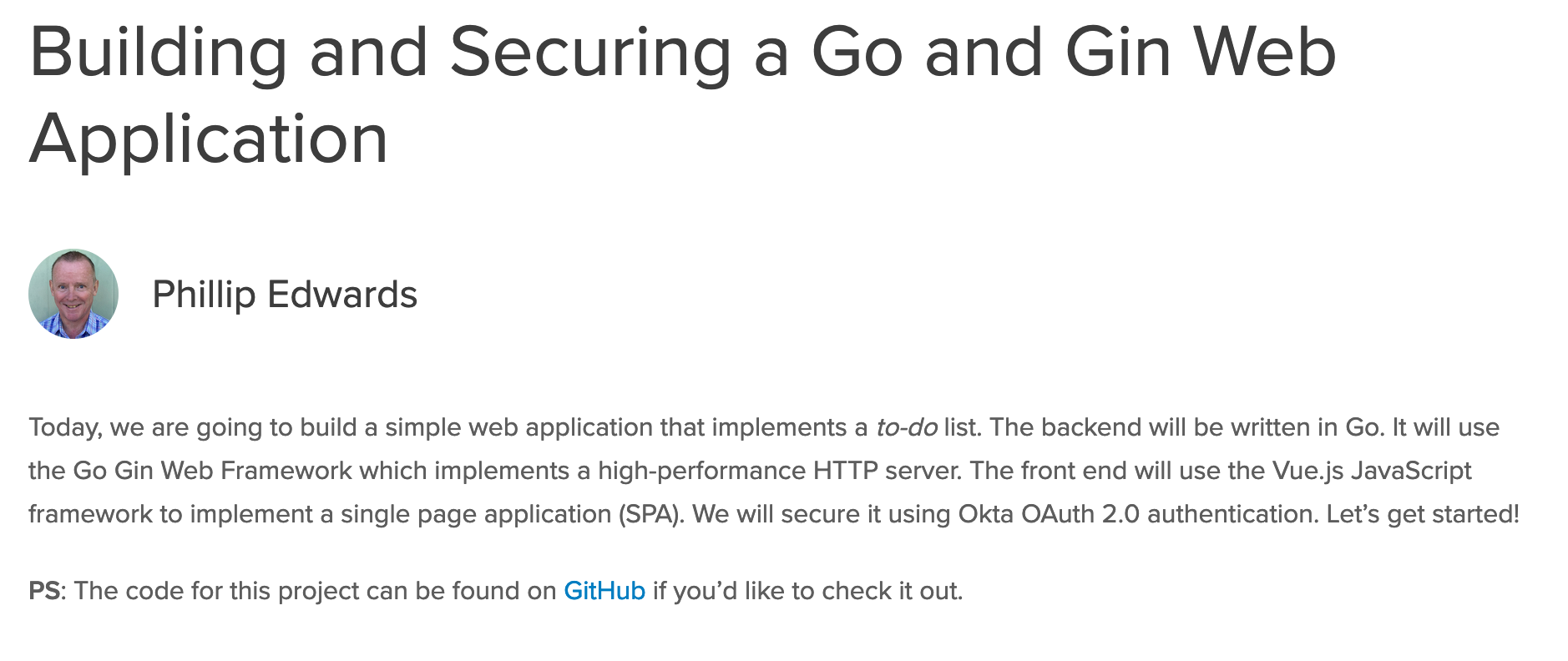The Ultimate Guide to Password Hashing in Okta

As more of our critical work and personal functions go online, the risk of data and security breaches continues to increase. In 2019, there were over 1400 data breaches reported that exposed nearly 165 million records, many of which included passwords and personal information. While security specialists bear much of the responsibility in ensuring their organizations are handling sensitive data properly, web developers at all levels must take part as well. By understanding fundamental concepts...
OAuth Patterns and Anti-Patterns - a DZone Refcard

I’m happy to announce the release of a brand new OAuth cheat sheet published through DZone’s Refcardz, “OAuth Patterns and Anti-Patterns”. This five-page reference guide covers the latest in OAuth and clarifies some common misunderstandings of applying it to real world use cases. With a focus on OAuth 2.0, OpenID Connect, and best practices, you’ll quickly learn how to avoid some common mistakes and how to make your applications and APIs more secure. The “OAuth...
Unity WebGL + PlayFab Authorization in 20 Minutes
As game creators, we hold a fundamental responsibility to protect and secure any and all data that our players entrust to us. Historically, security in games has not been high on the priority list because games were enjoyed anonymously and offline. But with our society becoming ever more connected, demand for social gaming experiences and online gaming features has increased exponentially. This has led to the development of cloud-based gaming platforms, such as PlayFab, that...
What Being a Musician Taught Me About Being a Programmer

I’ve been a musician most of my life. I was in bands when I was in junior high up until I joined the Army at 19. I started writing software a few years after getting out of the military and kinda put music to the side. Recently, I’ve started to play in bands again, and something struck me about the dynamics of playing with other musicians and how that prepared me for writing software on...
Build Your First NestJS Application

NestJs is a popular Node.js framework that is built with typescript and makes use of object-oriented programming, functional programming, and functional reactive programming. NestJs boasts that it provides a framework for building scalable server-side applications. NestJs integrates nicely with Okta’s single sign-on provider. Okta makes securing a web service, such as the one you will build, quick and easy. Note: In May 2025, the Okta Integrator Free Plan replaced Okta Developer Edition Accounts, and the...
Building and Securing a Go and Gin Web Application

Today, we are going to build a simple web application that implements a to-do list. The backend will be written in Go. It will use the Go Gin Web Framework which implements a high-performance HTTP server. The front end will use the Vue.js JavaScript framework to implement a single page application (SPA). We will secure it using Okta OAuth 2.0 authentication. Let’s get started! PS: The code for this project can be found on GitHub...
Tutorial: Chef and Account Automation with Okta
Tip: This tutorial is part of our series on integrating Okta with popular infrastructure as a code solution. If you’re not into Chef, check out our Ansible, Puppet, and Terraform tutorials. Chef cookbooks are a great way to manage infrastructure at scale. However, like other configuration management tools, Chef works best when cookbooks don’t change often. This is easy to accomplish in typical server setup and configuration tasks like install Nginx and tweak conf file....
Use Okta like a Rockstar

Rockstar chrome extension is a third-party, Non-Okta Application (as defined in Okta’s Master Subscription Agreement). Okta is not involved in making this chrome extension available, and we have neither oversight nor input into its security features and functionality. For questions regarding this, or any other, Non-Okta Application(s) your organization uses in connection with the Okta Service, please contact the application provider directly for more information. Rockstar is a Chrome extension that adds features to the...
Tutorial: Ansible and Account Automation with Okta
Tip: This tutorial is part of our series on how to integrate Okta with popular Infrastructure as a Code solution. If you’re not into Ansible, check out our Puppet and Terraform tutorials. I love using Ansible to deploy and manage configuration at scale. However, like any other configuration management solution, Ansible works best when playbooks don’t change often. This is easy to accomplish when you manage only server artifacts and binaries, but it can get...
API Key Best Practices and Examples

When you’re using a REST API, especially one that incurs costs or has usage limits, you need to use an API key to access the API in question. For example, if you’re creating a user account with the Okta API, you’ll need to include your API key in that request for it to succeed. Because API keys grant access to API calls which may change important data or incur significant charges. It is therefore important...